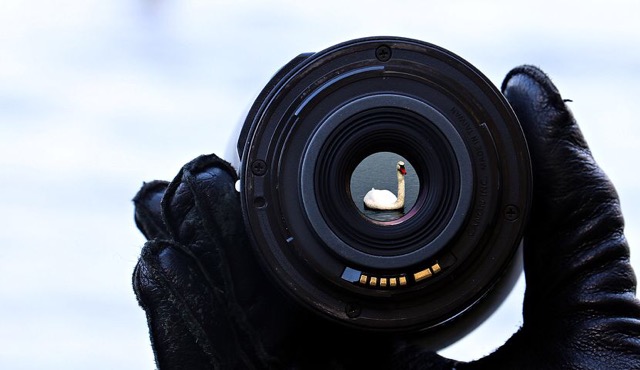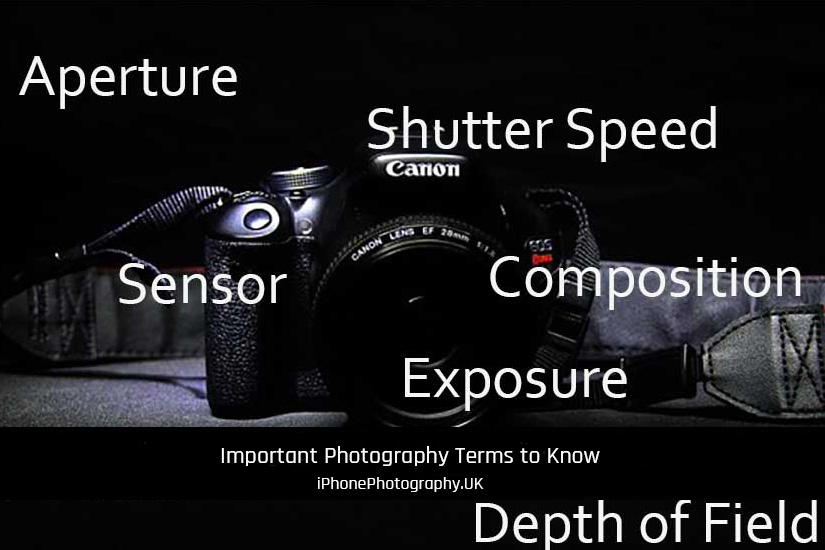If you’re new to photography, there’s a few photography terms you should know.
In this article, I’ll explain the most common ones.
Why are there only a few photography terms here?
Like most things, a full photography terms list would go on for several pages. The purpose of this article, is just to make you familiar with some of the more common photography terms you’re likely to hear as you’re beginning your journey.
But, if you’ve heard, or read any photography terms that you’re unsure of, please let me know in the comments at the bottom of this page and I’ll do my best to explain them for you.
Camera Sensor:
Before the days of mobile phones and digital cameras, the image you see on your phone’s screen, or through your camera’s viewfinder, was recorded on a section of film.
When you use your phone, or your digital camera to take a photo, the image is recorded on an electronic version of a film, called a sensor.
Shutter Speed:
The shutter, is a bit like a curtain on a window.
When you open the curtain, light comes through. When you close the curtain, the light is kept out.
The shutter on a camera works the same way. The shutter speed, is the amount of time the curtain is open for, to let the light through.
The shutter is usually only open for a fraction of a second.
Aperture:
The aperture, is the size of the opening in the lens that the light comes through, before going through the curtain (shutter).

Exposure:
The exposure, is how bright, or dark the photo is. If the image is very light, it’s over-exposed. If the image is very dark, it’s under-exposed.
Focus:
The area that’s ‘in focus’, is the part of the image that has full detail. It’s the part where all the edges are clear and sharp, and doesn’t have any areas that are blurry.

Depth of Field:
This is how far behind your subject and how far in front of you subject is in-focus.
This distance is the depth of field.

Composition:
Composition is how your subject is placed in the image. Is it in the centre? Is it in a corner, etc.
Good composition has some rules, that help the image be the best it can be.
Dynamic Range:
A camera’s dynamic range is like a scale that measures how much detail it can capture in both the bright and dark parts of an image. The higher the dynamic range, the more detail the camera can capture.
Let’s say you’re taking a picture of a sunset. The sky might be really bright, but the ground might be really dark. A camera with a high dynamic range will be able to capture all the colors and details in both the sky and the ground, so you can see everything in the picture.
On the other hand, a camera with a low dynamic range might only capture details in the darker ground and the sky might turn almost completely white, so you don’t see any details.
So, the dynamic range is the steps where you can see details, between pure black and pure white.
Dynamic range is a complicated subject, but if you want to know more, you can check out this guide from Shotkit.com.
As I said earlier, if there are any terms you’ve come across, and you’re not sure what they mean, drop them in the comments and I’ll add them to this list.
Steve

